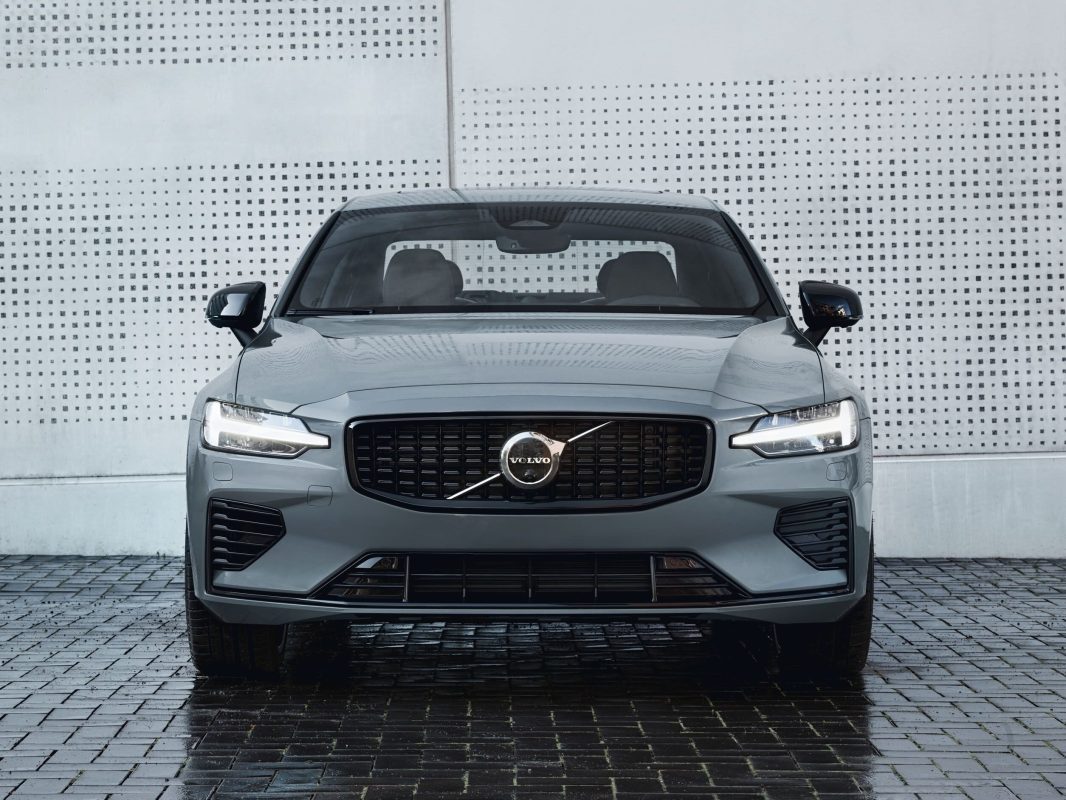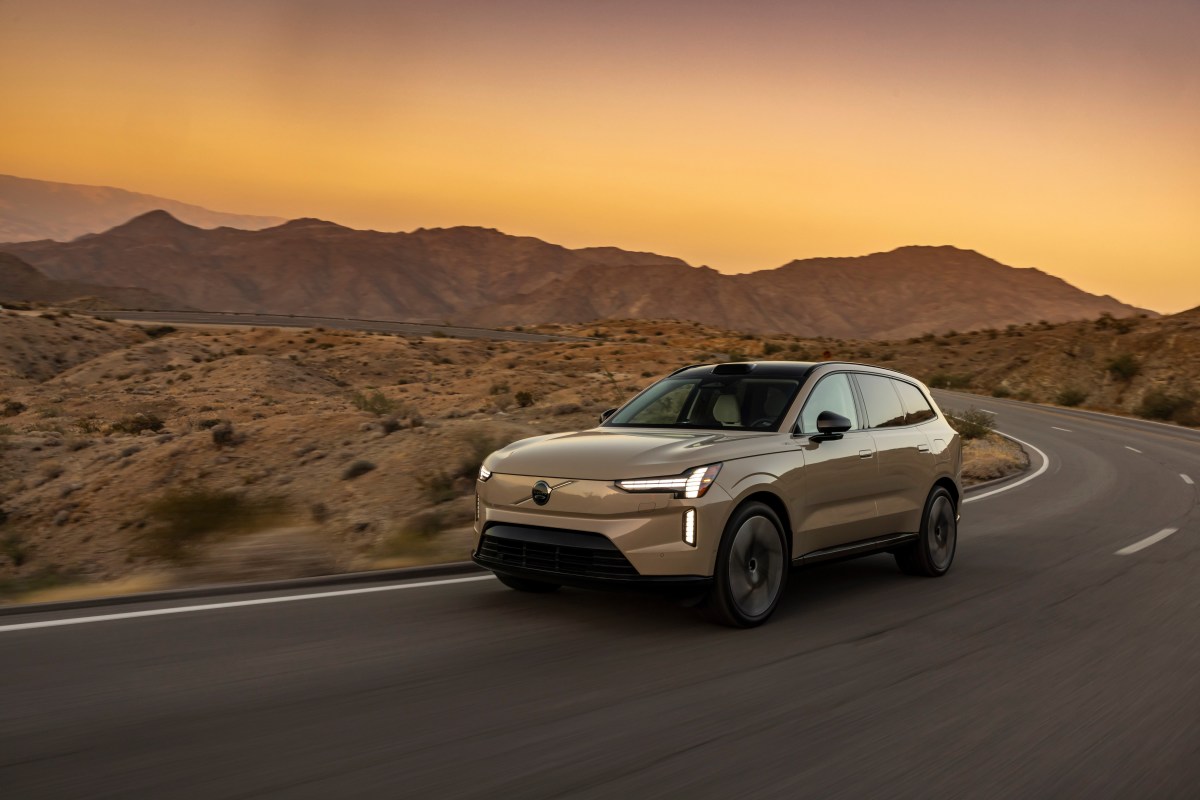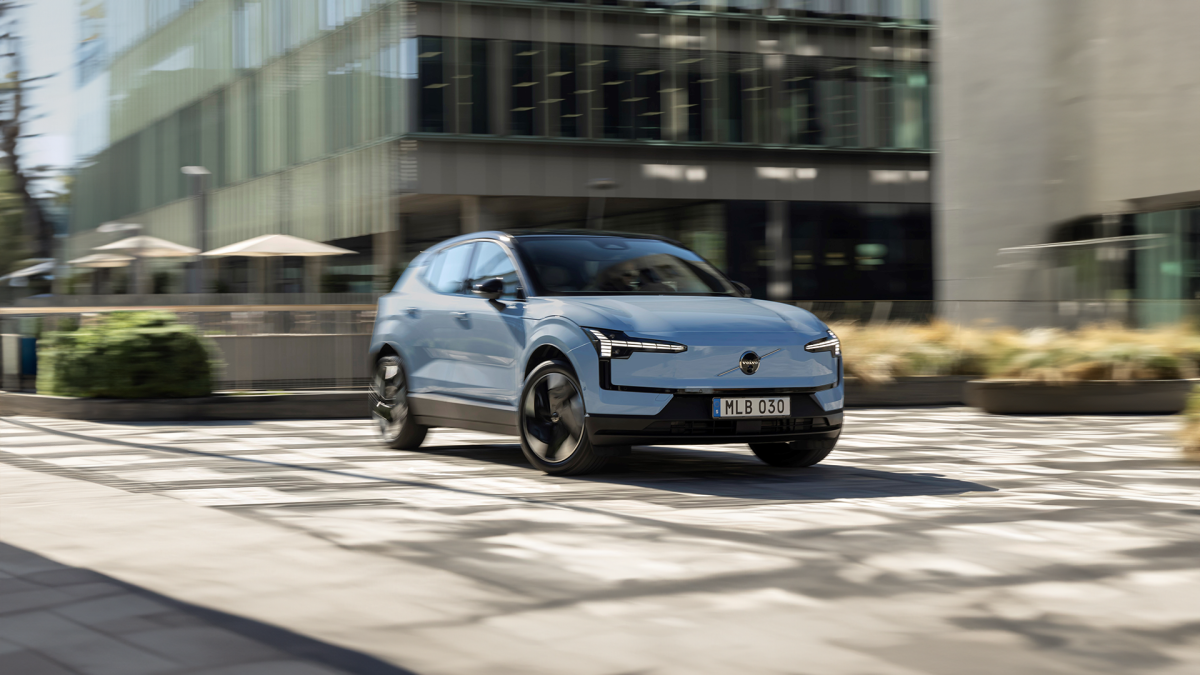Leadership Shake-Up at Volvo
Volvo has announced a surprising leadership shake-up, with Jim Rowan stepping down as CEO after three years at the helm. His successor, however, is no stranger to the role. Håkan Samuelsson, who previously led Volvo from 2012 to 2022, will return for a two-year term while the company searches for a long-term leader.
Why the change?
The decision to replace Rowan comes despite Volvo reporting record sales, profits, and revenue in 2024, even if the company has faced difficulties in achieving its ambitious electric vehicle (EV) goals. Sales of all-electric Volvo models in the U.S. have been underwhelming, leading the automaker to postpone its plan to go fully electric by 2030. In contrast, sales of Volvo’s plug-in hybrid models surged by nearly 70%, indicating that consumer demand for EVs remains uncertain.

Volvo’s board emphasized the need for experienced leadership to navigate these challenges. “Håkan led Volvo Cars through one of its most transformative and value-creating decades — revitalizing the brand, expanding into new markets, and successfully executing its IPO,” said Eric Li, Chairperson of the Board. “As the industry enters an even more complex phase, we believe his experience and steady hand are exactly what is needed to strengthen Volvo Cars’ global position and unlock its next wave of potential.”
Samuelsson’s track record
Samuelsson’s previous tenure as CEO was marked by major shifts in Volvo’s business strategy. Under his leadership, the company transitioned from five- and six-cylinder engines to a lineup dominated by turbocharged four-cylinder and hybrid powertrains. He also oversaw Volvo’s 2021 IPO, the expansion of its global manufacturing footprint — including the establishment of its first U.S. factory in South Carolina — and the release of successful models such as the redesigned XC90 SUV.

Volvo
His return comes at a pivotal moment for both Volvo and the broader automotive industry. Automakers are grappling with declining demand for EVs, rising material costs, and disruptive trade policies, including tariffs on imported vehicles. Volvo must navigate these challenges while staying committed to its electrification strategy and maintaining its competitive edge in key markets.
Samuelsson’s vision for Volvo
Samuelsson, now 74, acknowledged the difficulties ahead. “The car industry is under pressure from many directions. I’m honored to return at such a defining moment for Volvo Cars,” he said in a statement. “I have deep respect for the challenges ahead and look forward to working with our talented team to sharpen our competitiveness, meet the demands of key markets, accelerate strategic execution, and focus on leadership development.”

Volvo
While his leadership stint is temporary, Samuelsson’s impact on Volvo’s future direction will be significant. In the next two years, he will need to guide the company through shifting market dynamics, reinforce Volvo’s brand identity, and help identify a long-term CEO capable of continuing the automaker’s transition toward an electrified future.
Final thoughts
The coming years will be crucial for Volvo. Balancing ambitious EV targets with evolving consumer preferences, adapting to regulatory changes, and ensuring financial stability will require strategic agility. Whether Samuelsson’s return will be enough to steer the company through these turbulent times remains to be seen, but his deep industry experience positions him as a steady hand in uncertain waters.